Understanding the 3.7v Solar Cell
The 3.7v solar cell stands as a pivotal component in the realm of renewable energy solutions, particularly in the domain of compact and efficient power sources. These cells are integral to a variety of applications, harnessing solar energy to provide a sustainable charge to lithium-ion batteries.
Types and Materials
When delving into the types of 3.7v solar cells, one encounters primarily two materials: monocrystalline silicon and polycrystalline silicon. Monocrystalline silicon cells are known for their high efficiency and durability, making them a popular choice for those seeking longevity and performance. Polycrystalline silicon cells, on the other hand, offer a cost-effective alternative with a slightly lower efficiency rate but commendable performance in diverse conditions.
Applications of 3.7v Solar Cells
The application of 3.7v solar cells is extensive, ranging from small-scale projects to larger, industrial applications. They are commonly found in portable charging devices, outdoor lighting systems, and as a power source for various sensors and monitoring devices. Their versatility is further enhanced by their compatibility with sunpower li ion cell 3.7 v configurations, which are known for their high energy density and ability to retain charge efficiently.
Features and Advantages
The features of 3.7v solar cells include their compact size, which allows for easy integration into a multitude of devices. Additionally, their ability to convert solar energy directly into electrical power makes them an eco-friendly option. The advantages are clear: they provide a renewable source of energy, reduce dependency on traditional power grids, and offer a silent operation, which is particularly beneficial in noise-sensitive areas.
Materials and Sustainability
The materials used in 3.7v solar cells are chosen for their conductive properties and their resilience to environmental factors. Silicon, the primary material, is abundant and recyclable, contributing to the sustainability of these cells. The design of these cells also takes into consideration the need for minimal maintenance, ensuring a long service life and further enhancing their environmental friendliness.
Choosing the Right 3.7v Solar Cell
Selecting the appropriate 3.7 v solar cell requires consideration of the specific application and energy requirements. It is crucial to assess the energy output and compatibility with the devices they are intended to power. While Alibaba.com does not endorse any particular brand or make claims of superiority, the platform offers a diverse array of options to cater to various needs and specifications.



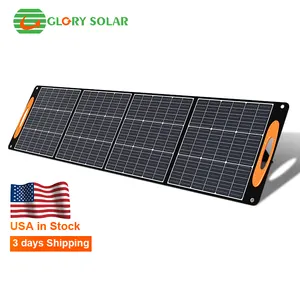






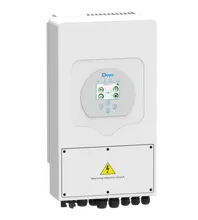





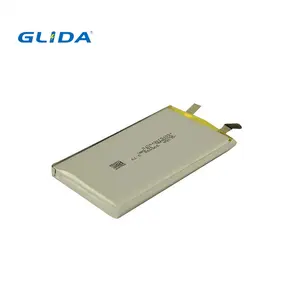


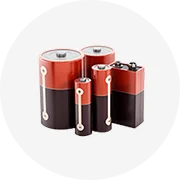
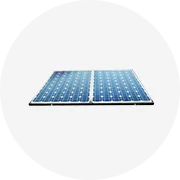
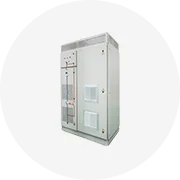
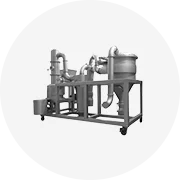
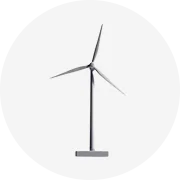
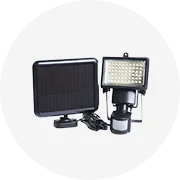
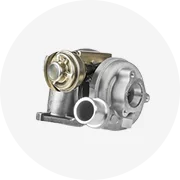
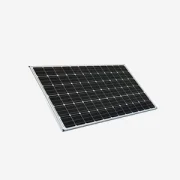








 浙公网安备 33010002000092号
浙公网安备 33010002000092号 浙B2-20120091-4
浙B2-20120091-4